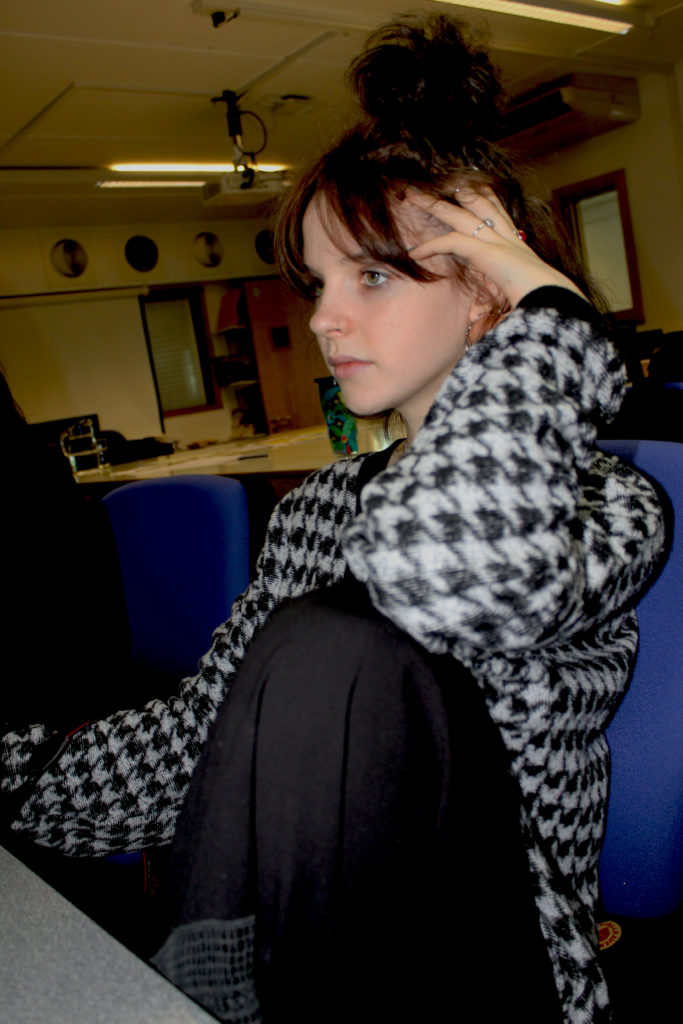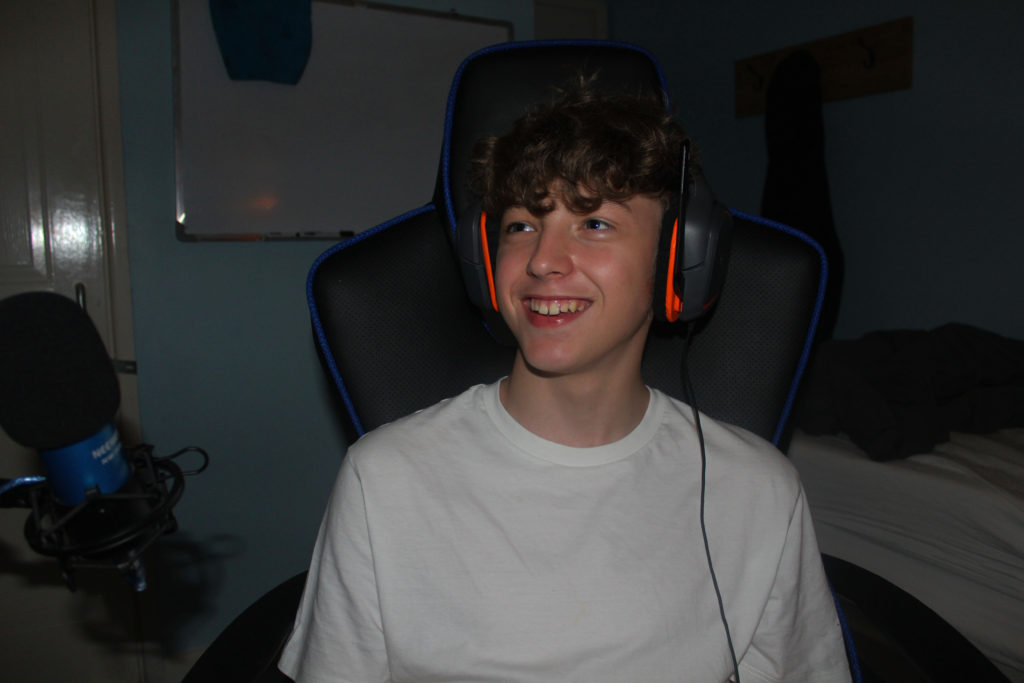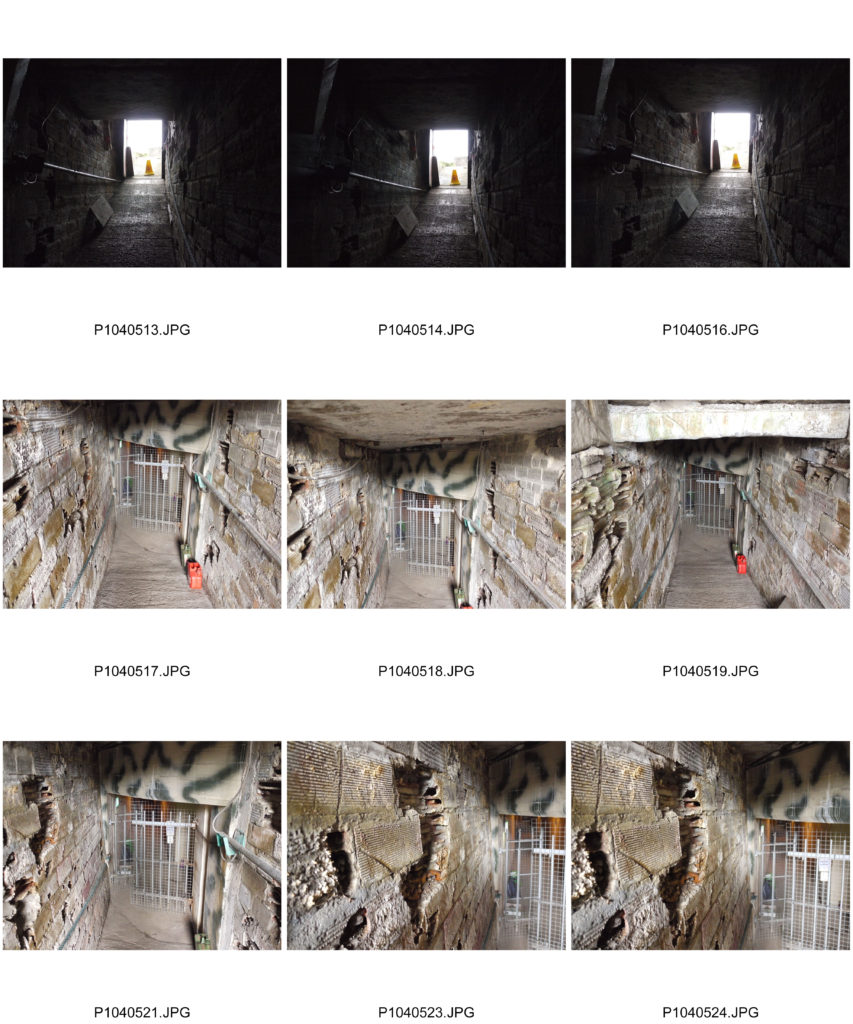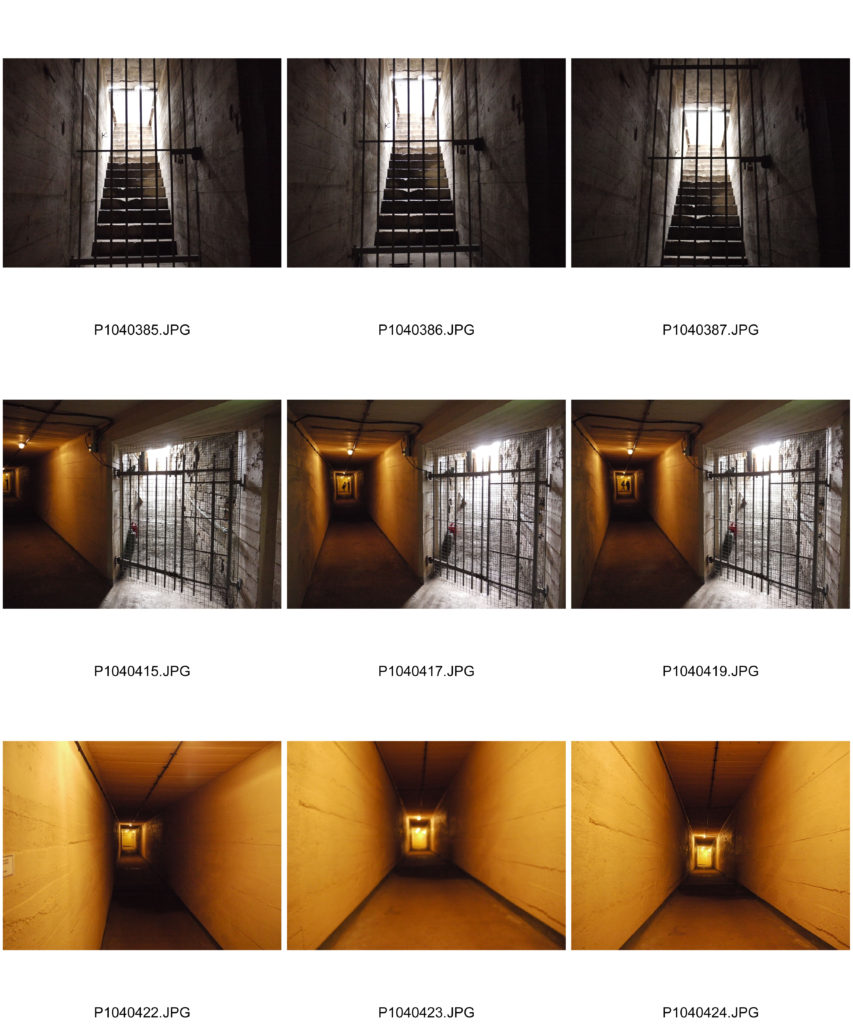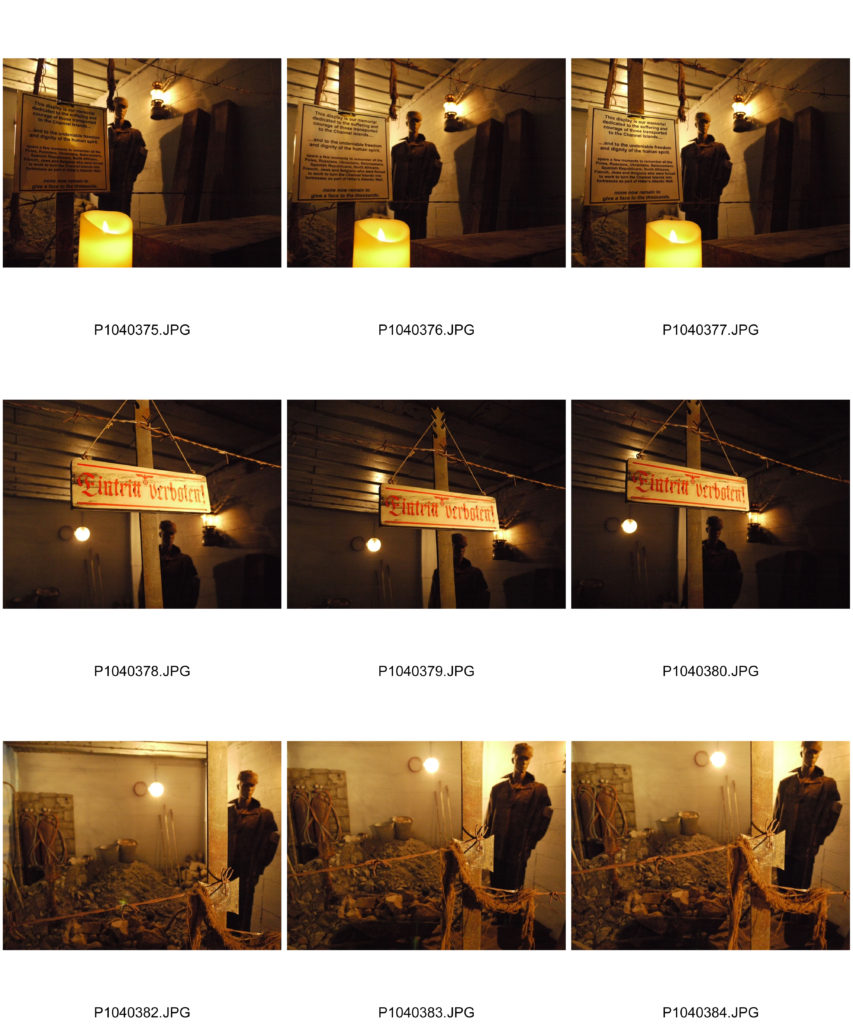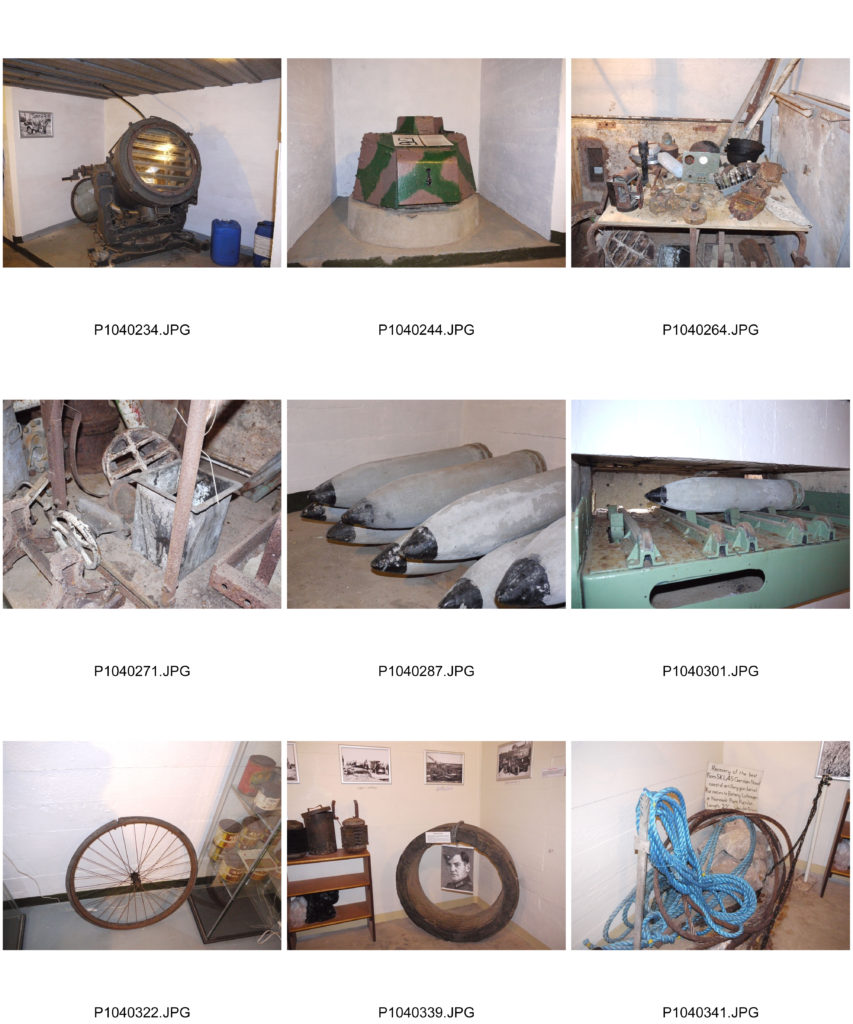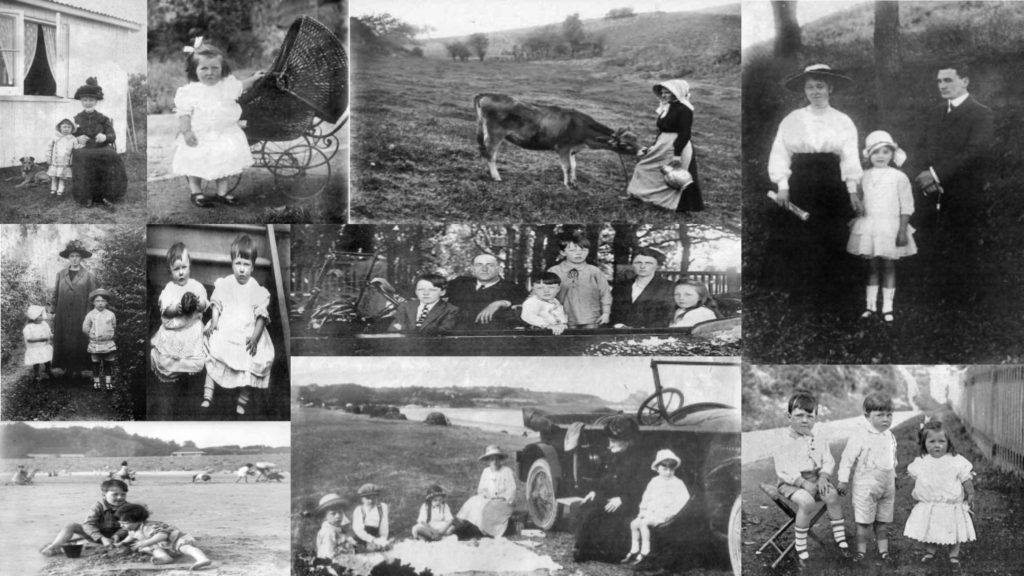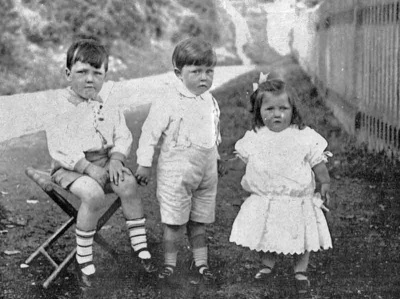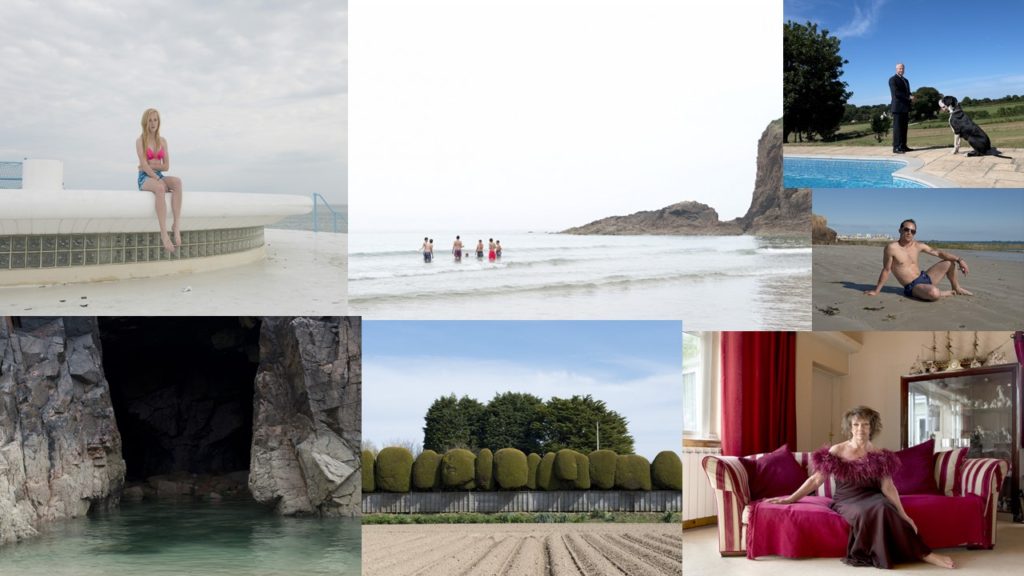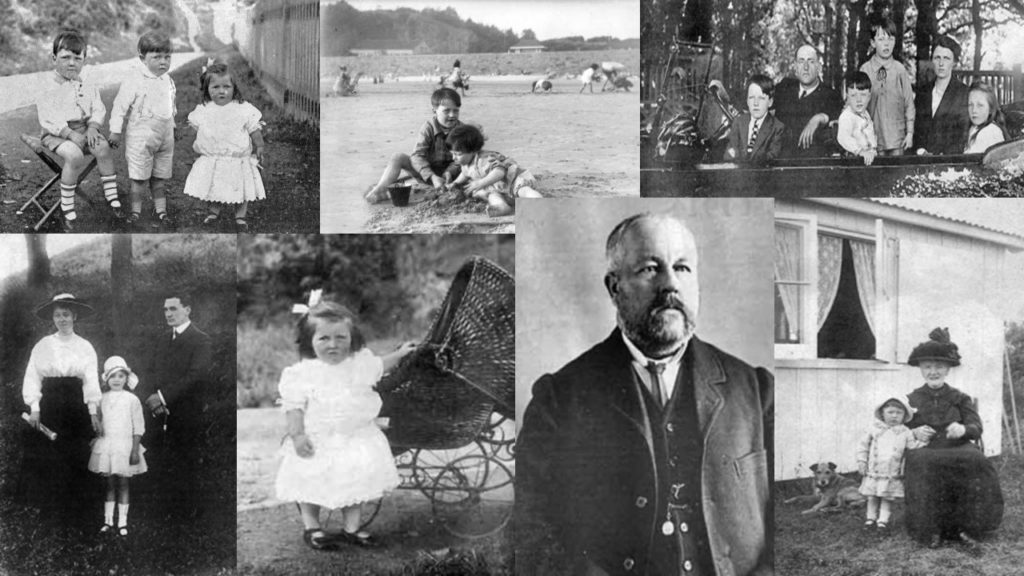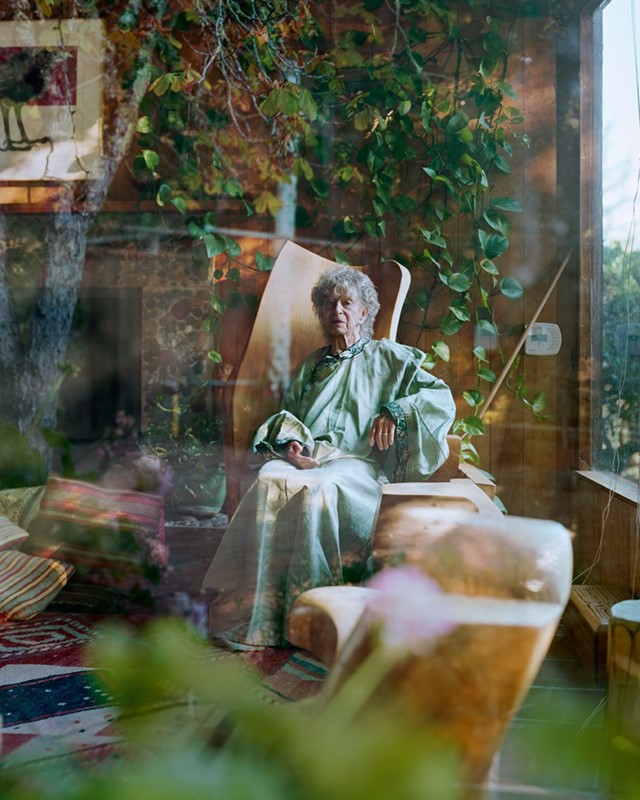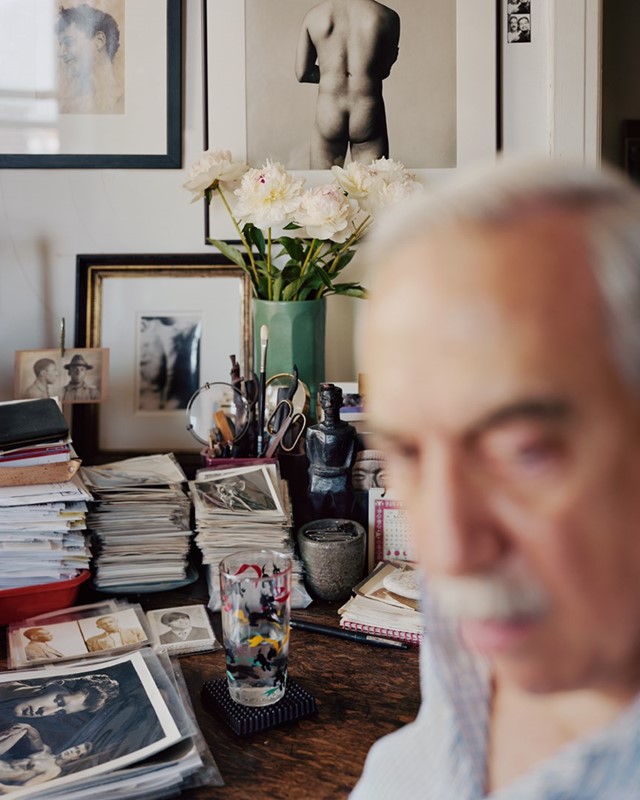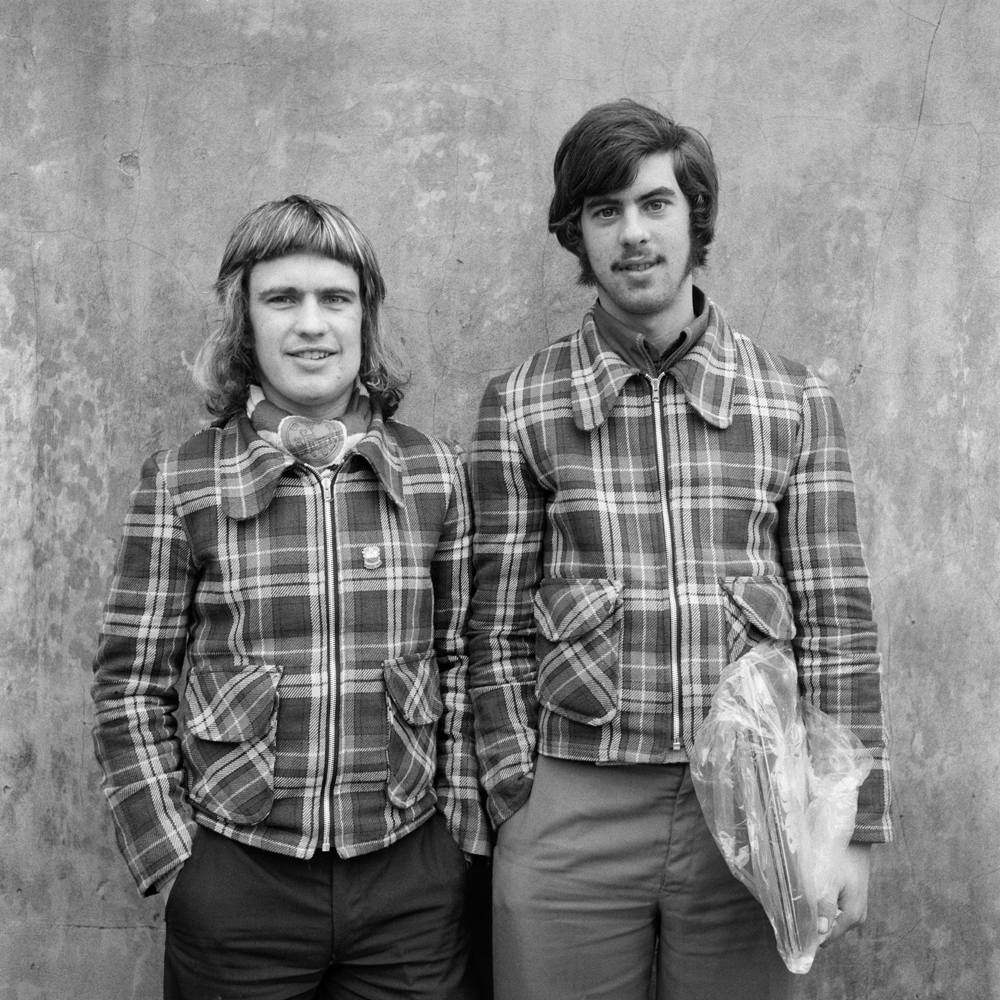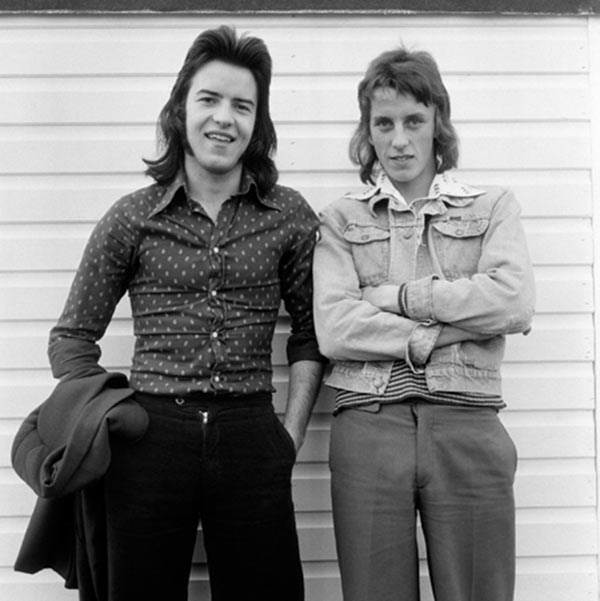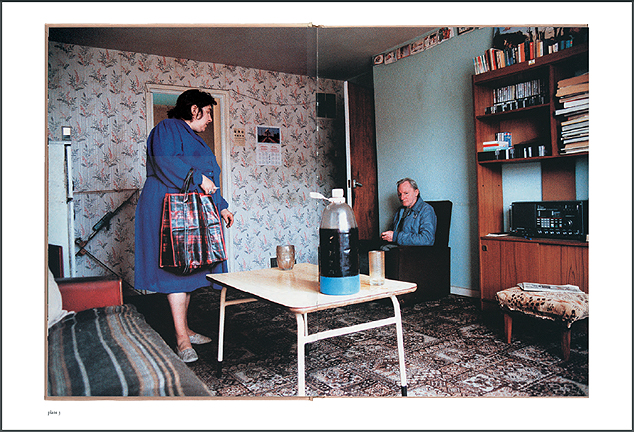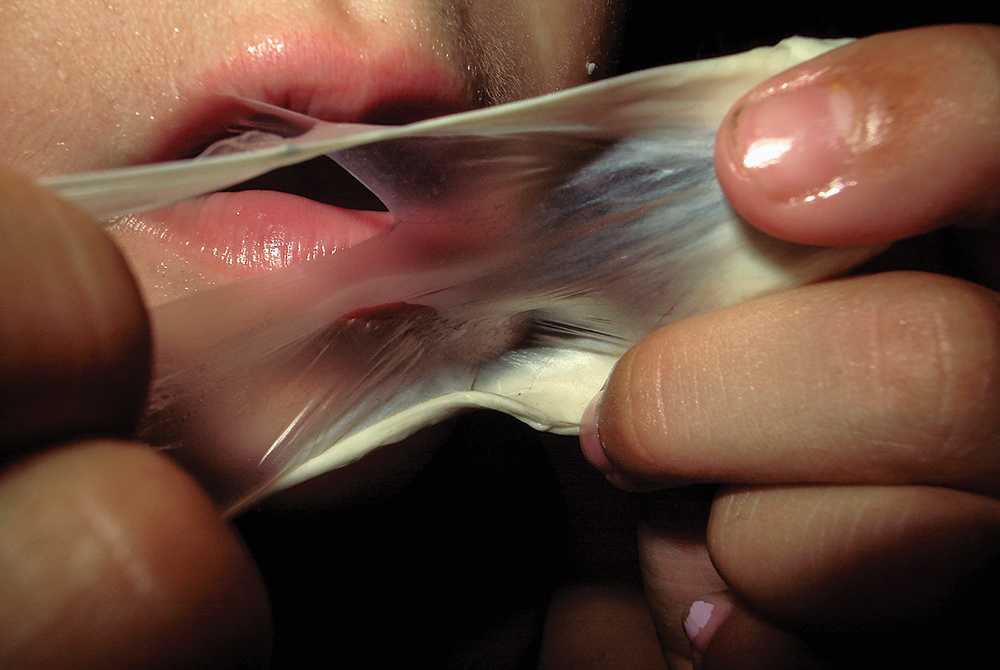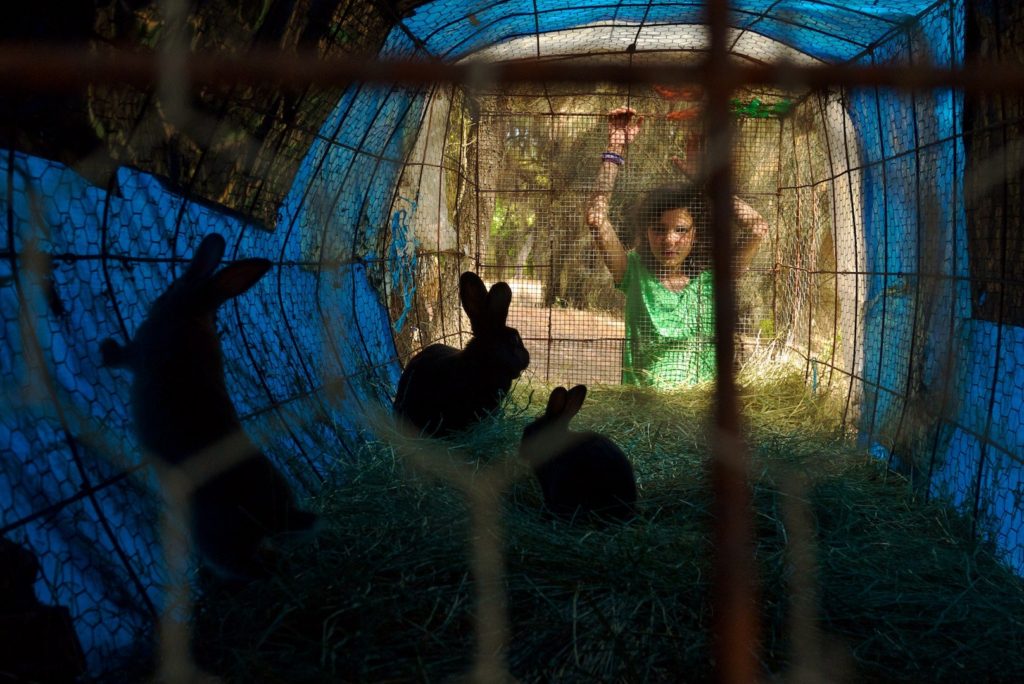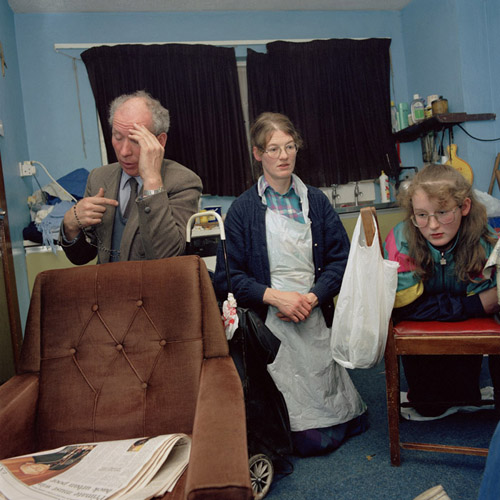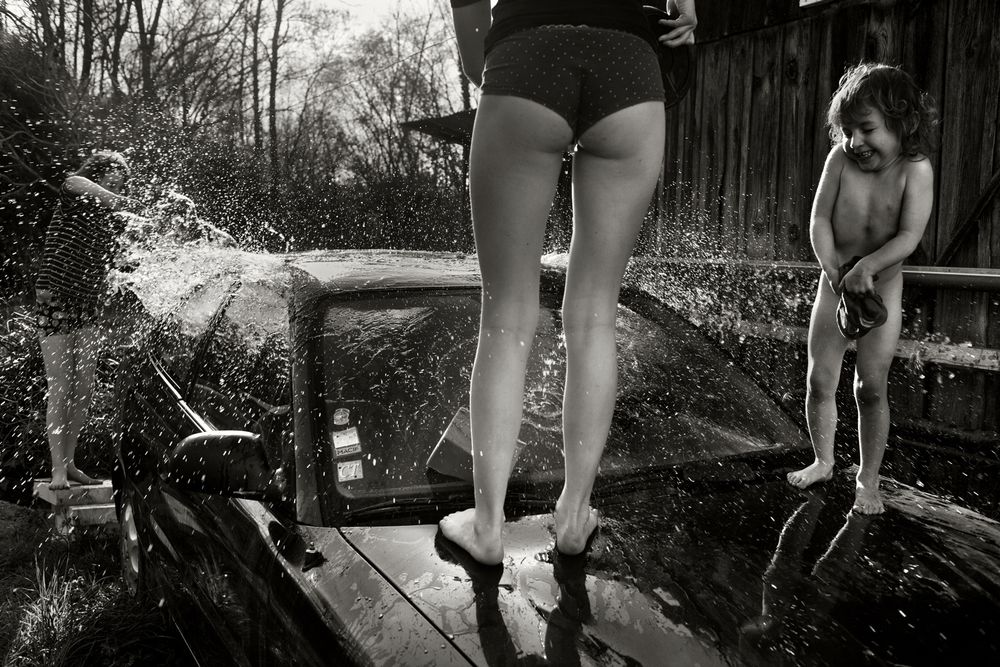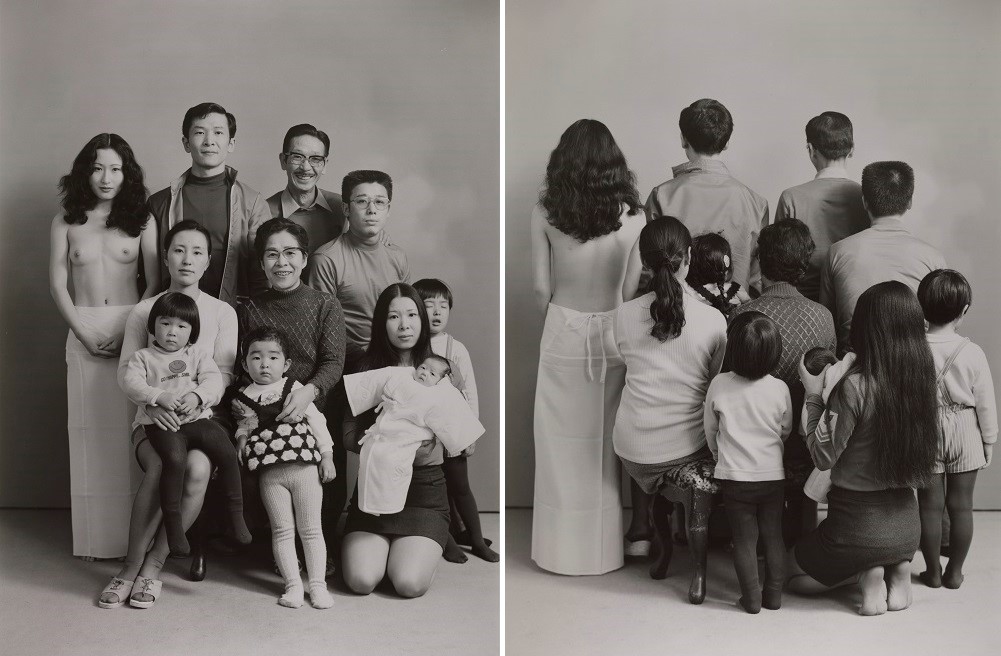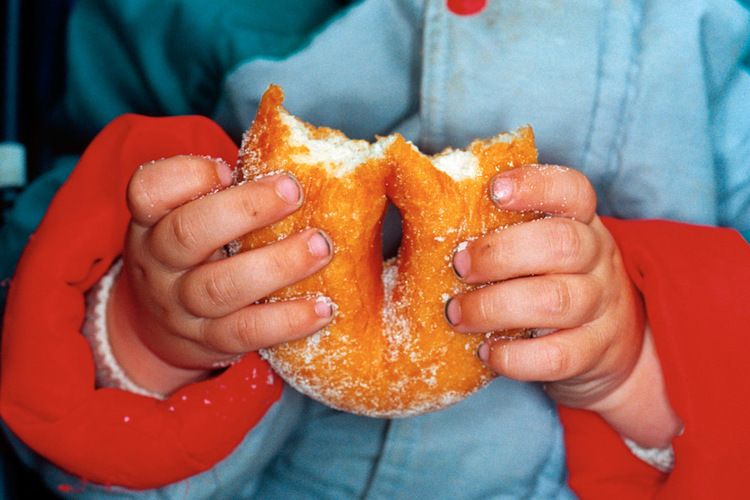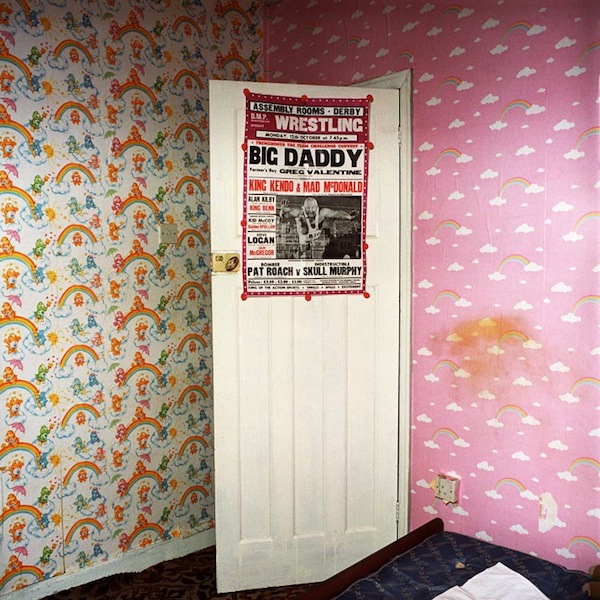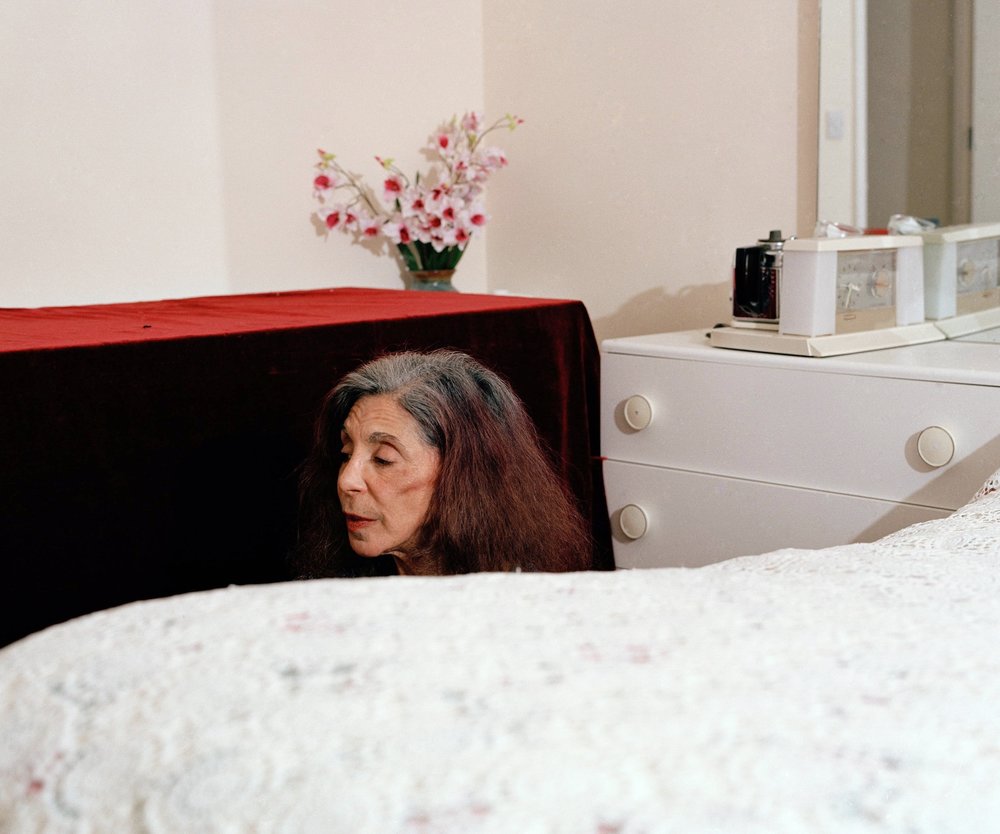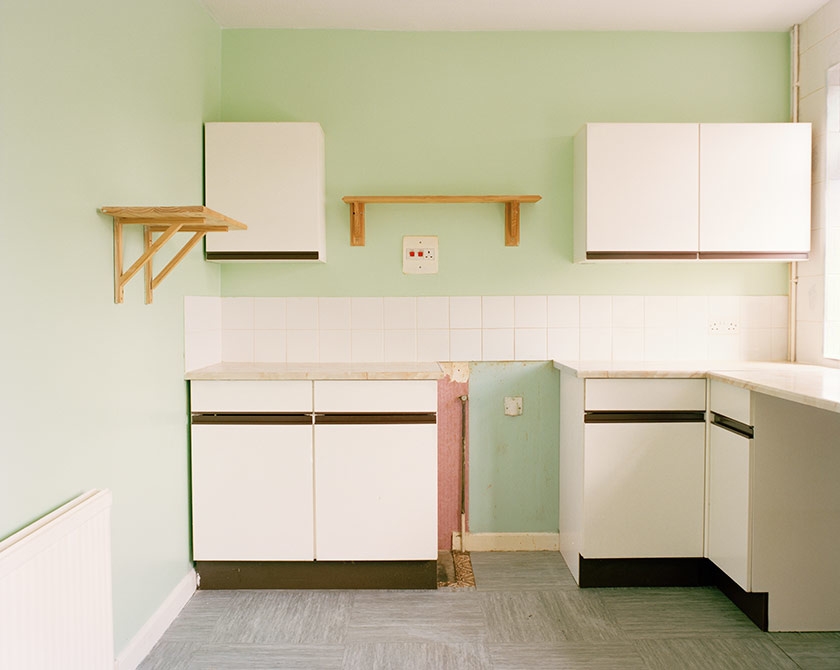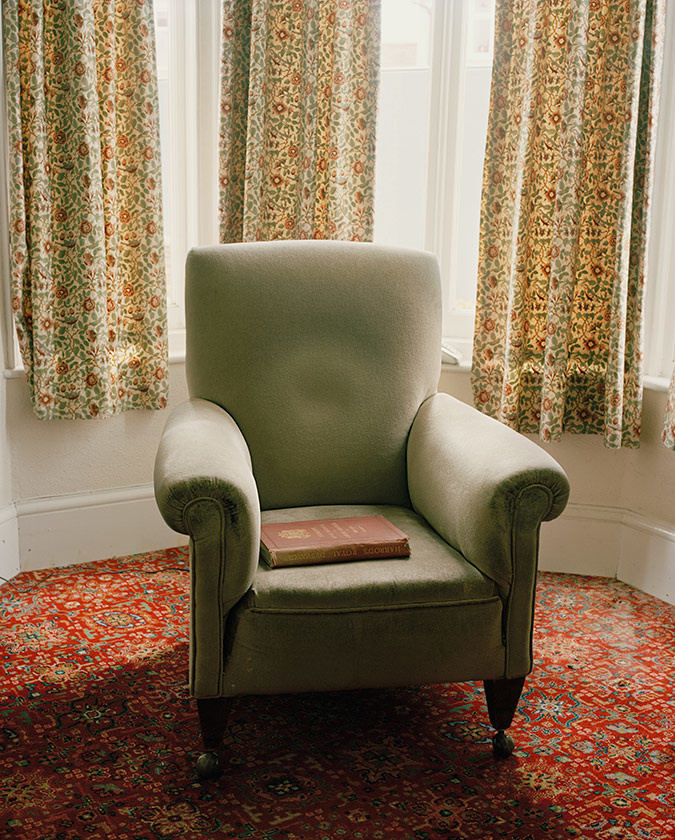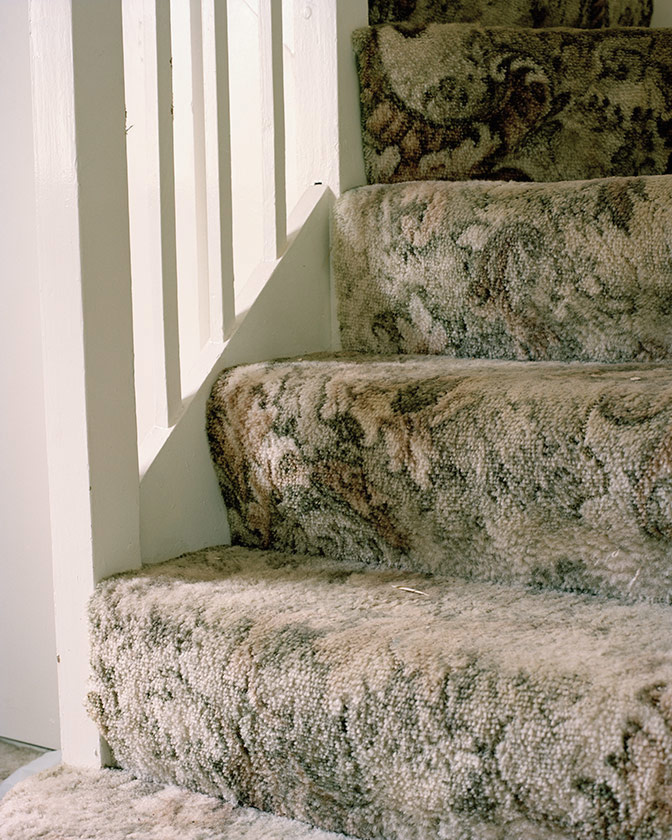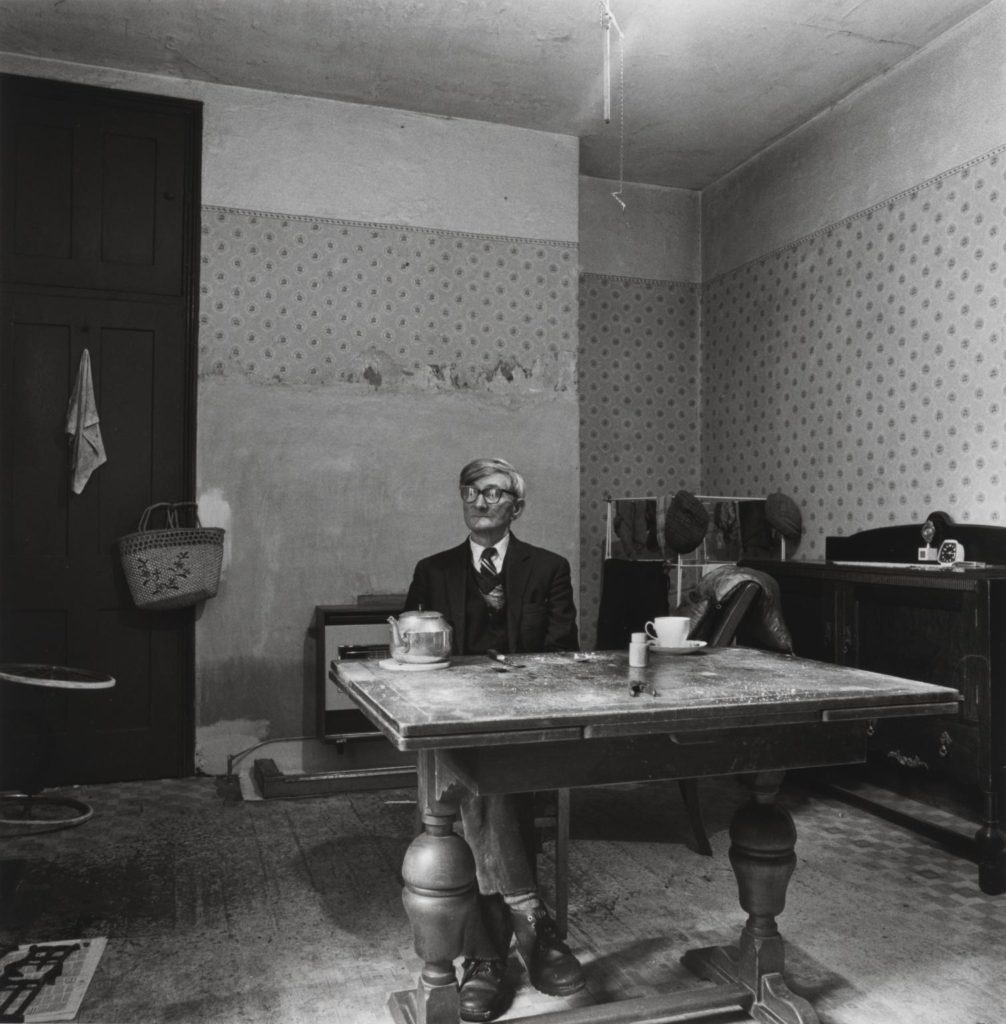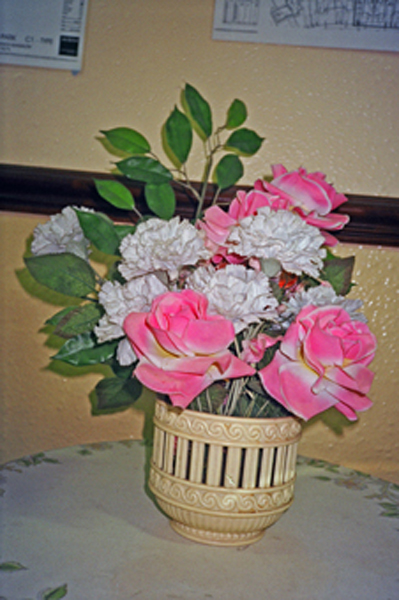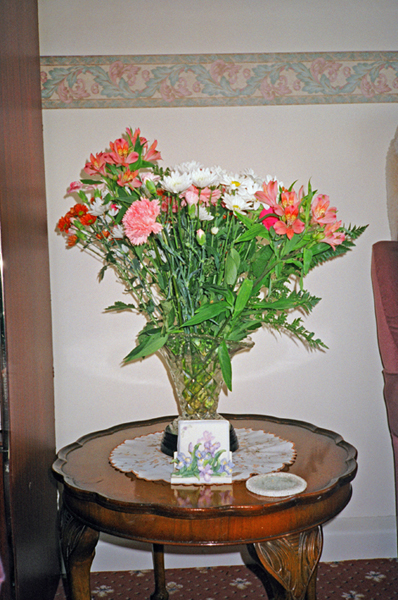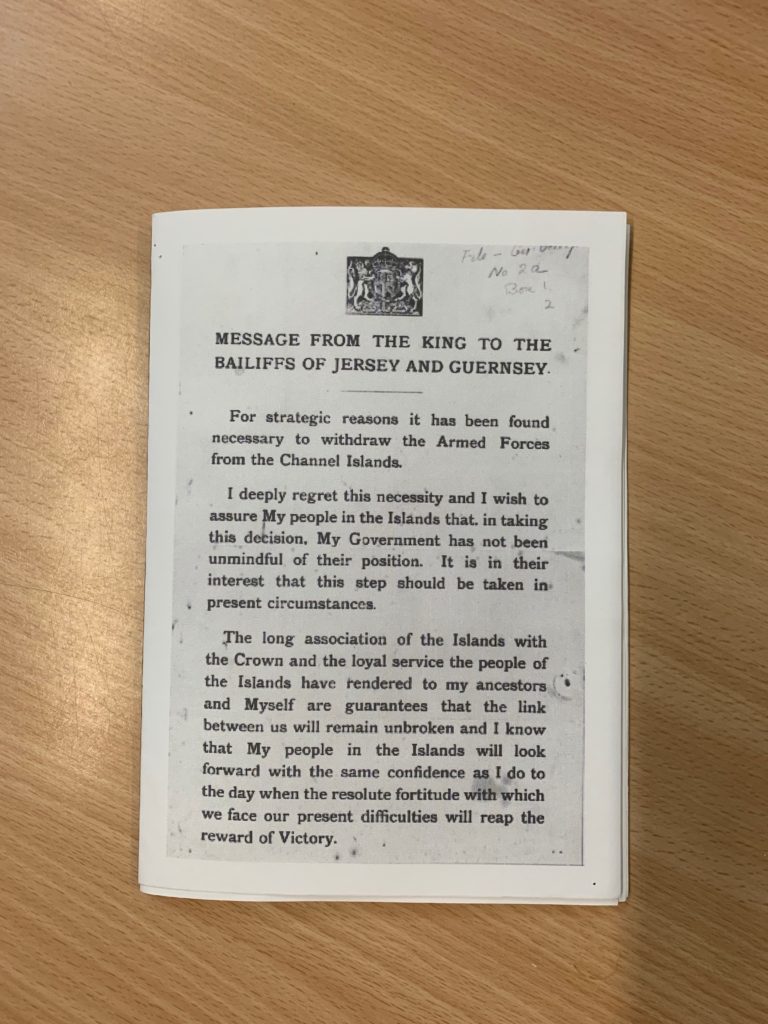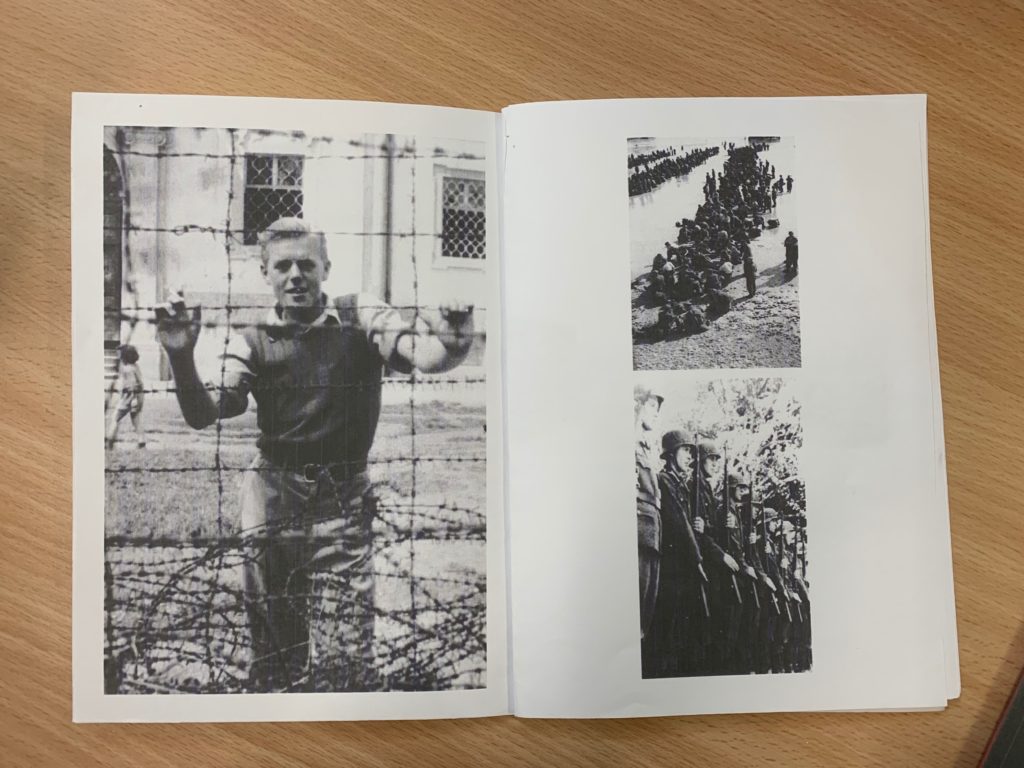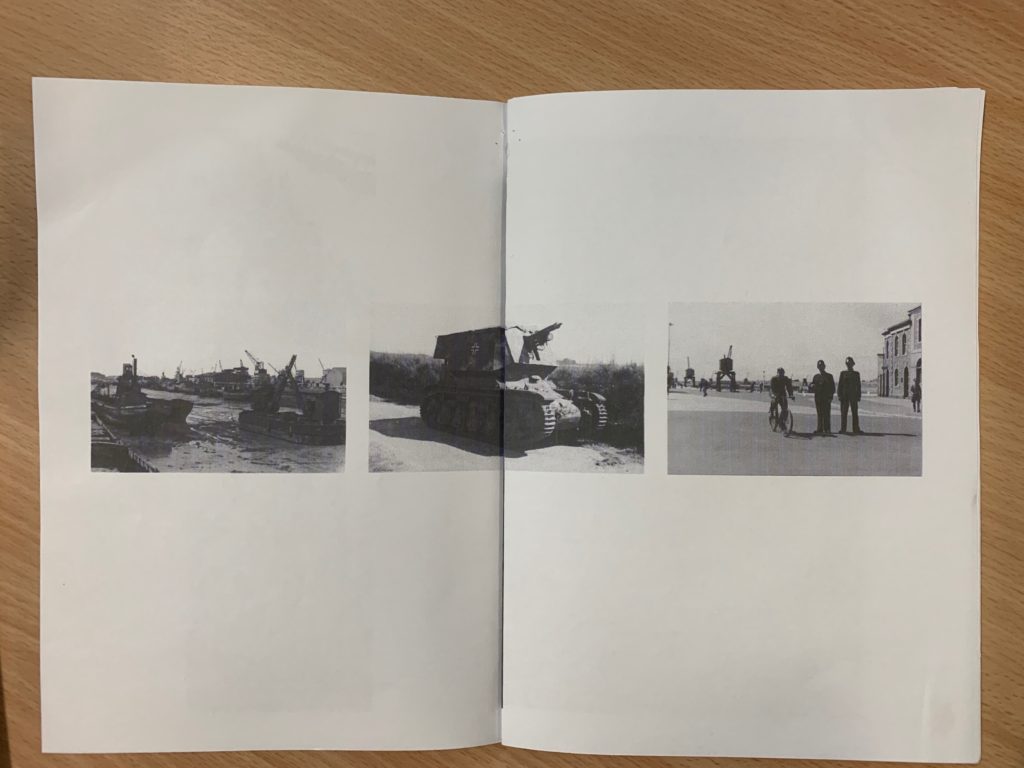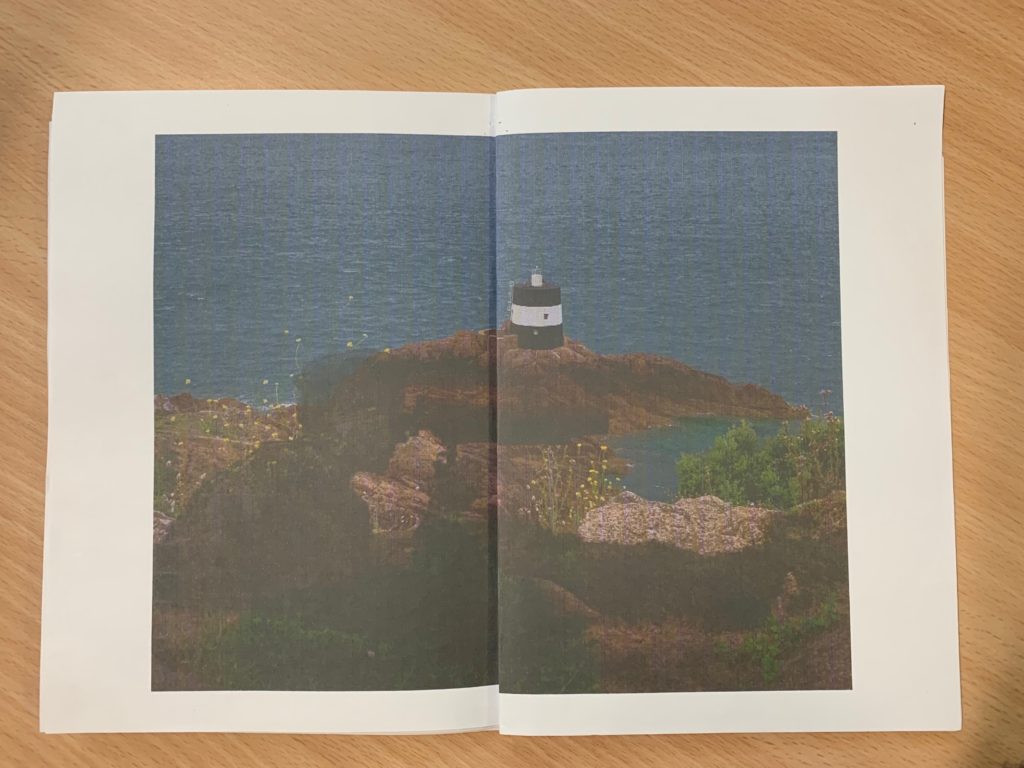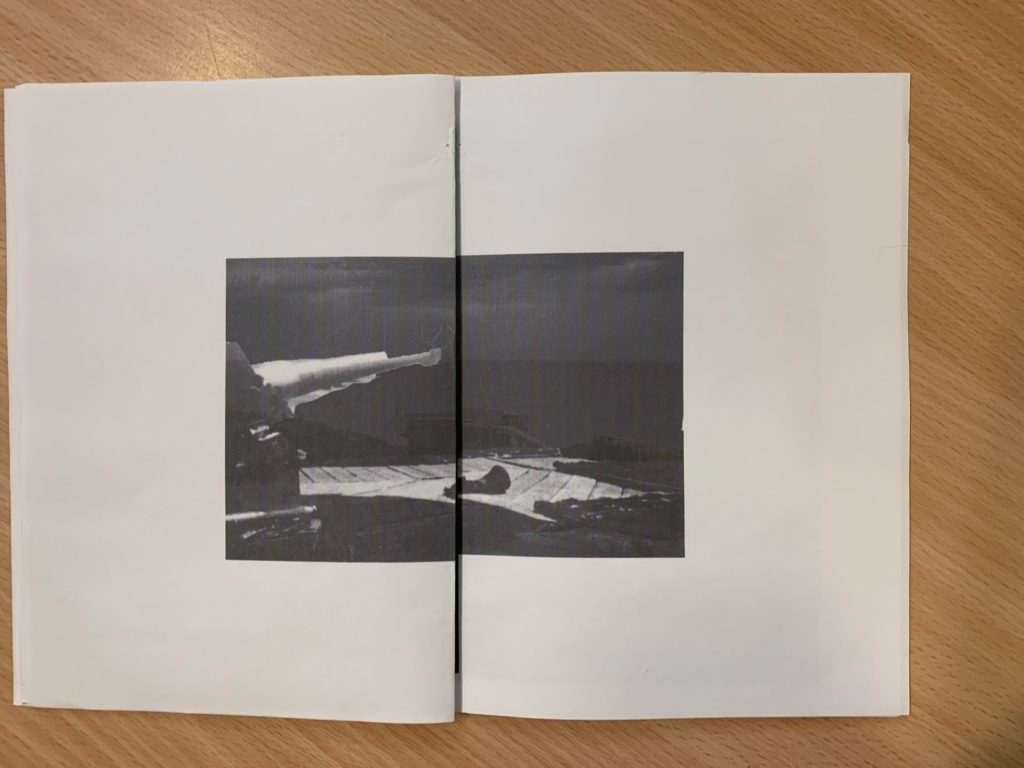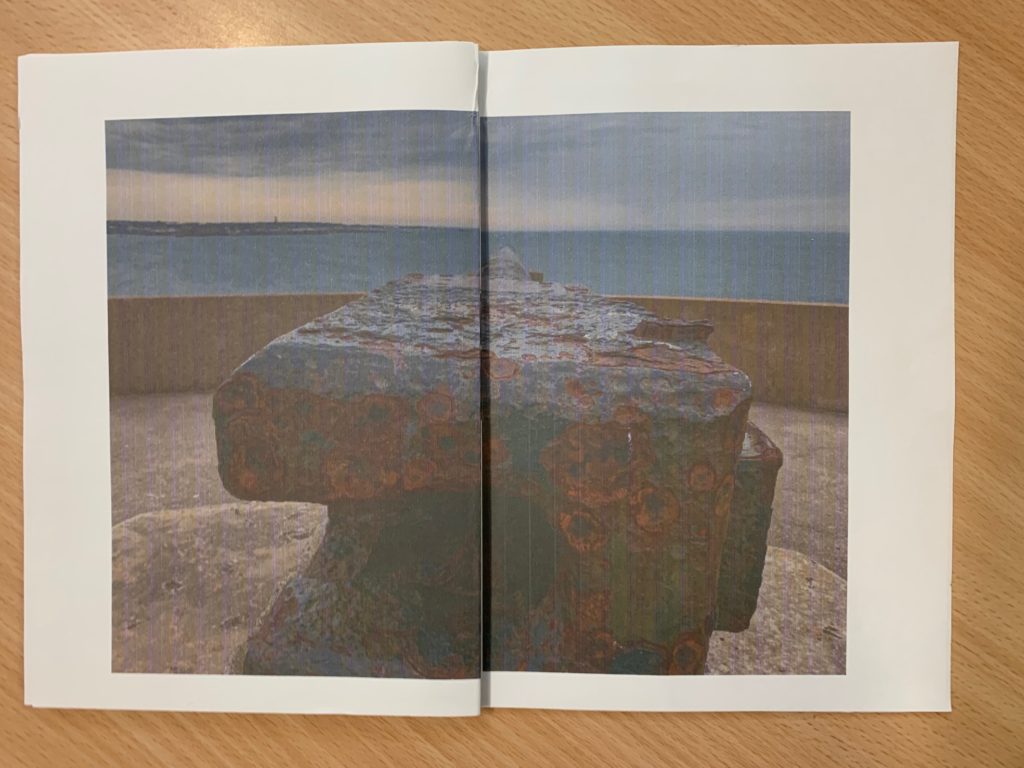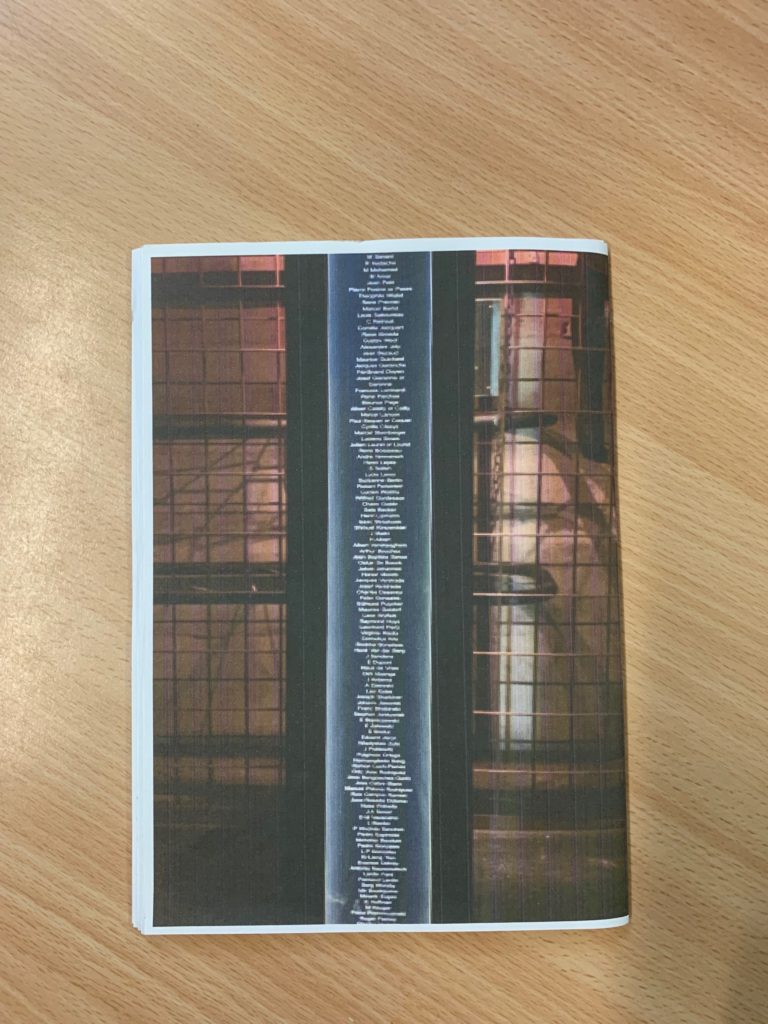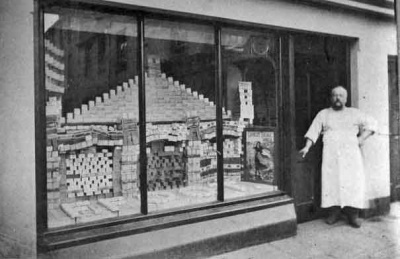Environmental and Candid Photography
What is environmental photography?
Environmental photography is the type of photography which photographers take images in a ‘natural environment’ for artistic, research or monitoring progress/ purpose. Examples of someones ‘natural environment’ could be someone working at work (nurse at a hospital, men in an office, barista making coffee), could also be a genuine natural environment which includes nature and shows progress of climate change etc. A formal portrait with emphasis on environment and setting of the model that may suggest the person’s social, economic and cultural background.
Environmental photographer- Larry Sultan
The American photographer, Larry Sultan grew up in San Fernando Valley in California. He started his career in the 70s as a conceptual photographer, publishing his first collection as a photographer in 1977 called ‘Evidence’ with fellow photographer Mike Mandel. Sultan also worked as a teacher from the years of 1977-2009, first at San Francisco Arty Institute for a year, as well as California College of the Arts, 1989-2009. In the duration of this time he also produced his most known project/exhibition ‘Pictures From Home’ (1992), which includes him using his own parents in the long decade project. The primary subjects of his parents are used in creating familial mythologies. This project was more of a staged photoshoot showing his conceptual photographer side.
Larry Sultan’s Image Mood Board
His style
- Images of people
- Up to date camera
- Posed images
- High shutter speed for fully focused images
- High ISO
Analysation Image
Technical Analysis- Although this image was taken in the 90s, we can see that a good quality camera has been used in order to create a fully focused image, making it a good analysation image. There has been no intended blur used on this image showing that that photographer has likely used a high shutter speed, as well as a fairly low ISO as there is no grain to the picture and it is overall very clear. Exposure of the image also seems to be high which I’m guessing from the lightness out the background white sheet and outside, making the inside of the image a lot darker, showing a contrast.
Visual Analysis- Visually we can see that there is one person in the image who is a male and has previously been mentioned as Sultans father. He is dressed in white shorts and a blue polo neck, suggesting he has dressed himself in golfing gear due to the golf club he Is holding as well as typical golf players wearing white and polo necks. This could symbolise wealth and upperclass as usual golf players are usually wealthy due to the golf clubs being very expensive to purchase which his father has a hold of in his own home.
Conceptual Analysis- Conceptually I think that Sultan was wanting to represent wealth in his image as he has instructed his father to wear certain clothing, hold an expensive gold club and be positioned on his green carpet to represent a field.
Planning my Environmental Photography shoot
For my environmental shoot i am planning to use a Canon Camera on manual focus which will allow me to adjust the shutter speed, depth of field, aperture etc, in order to create a fully focused image. Due to environmental photography being images of people in their environment, i plan to take images of my grandmother in her working environment as she is a house sitter. These images should include the jobs she does for the person she cares for. I also plan to take images of my mother at home. As an extra i will also take images of my friends in their working environments.
Environmental Photo Shoot
Unedited images
Editing my images
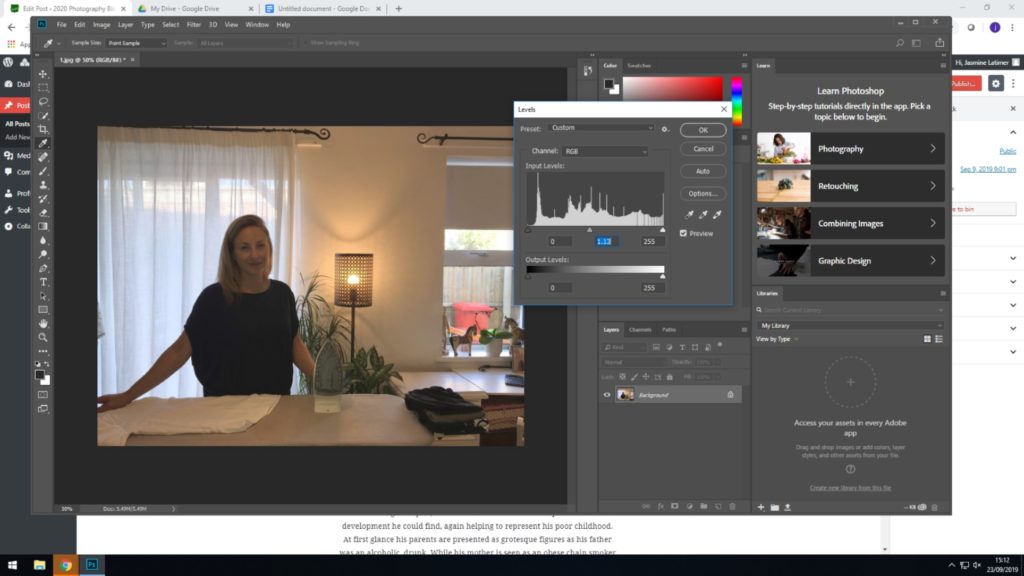
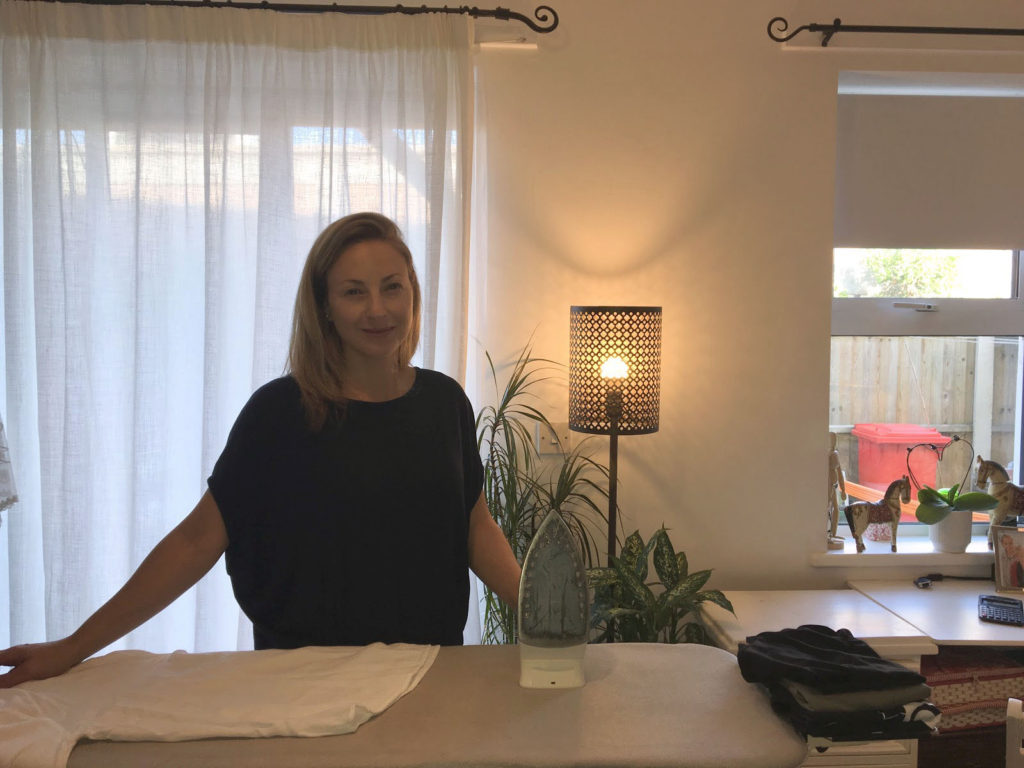
What is Candid Photography?
Candid photography is taking un posed pictures which are natural. The nature of this type of photography is unrelated to the subjects knowledge or consent to that the images are being taken.
Candid Photographer- Richard Billingham
Billingham was born 25th September 1970 and is an English photographer/artist who made films and was also a teacher. He is best known for a photography book called ‘Ray’s A Laugh’ published in 1996 which documents the life of his alcoholic father Ray and obese, heavily tattooed mother. This project portrayed the poverty and deprivation in which he grew up in, to do so he chose to use the cheapest film and development he could find, again helping to represent his poor childhood. At first glance his parents are presented as grotesque figures as his father was an alcoholic, drunk. While his mother is seen as an obese chain smoker who had a large obsession for ‘NickNacks’. I found that this work was interesting due to the different personalities in the family which all heavily contrast each other.
His style
- Flash photography
- High shutter speed for fully focused images
- Unposed images
- Images of people/ mostly family
- Images usually include food as an extra subject
Image analysis

Technical analysis- This image has been taken with flash lighting which can be seen from the color contrast of the image. We can also tell that the image would have been taken with a high shutter speed to allow the image to be fully focused, as well as allowing light into the camera. The image portrays that a cheap camera has been used to take the image which helps to contrast the quality of the image with the quality of his life/ the environment they are in.
Visual analysis- Visually we can see that there is one person in the image who is obviously female and can be seen to the right of the image, making it an uneven photograph. The woman can be seen as dressed in her pyjamas/ house wear which is a flowered long dress which comes to her ankles and her slippers. Her hair is also in a short curly bob with either intentional or unintentional black eye makeup around her eyes. These aspects suggest that she is quite lazy, hence why her makeup is smudged under her eyes, she has her hands behind her head and feet up on the sofa suggesting she is tired and is resting. We know from background information that these images are unposed images as this is ‘candid photography’.
Conceptual analysis- The underlying concept of the image is general family life, as the image is representing the mother of the family.
Planning my Candid Photography shoot
For my environmental shoot i am planning to use a Canon Camera on manual focus which will allow me to adjust the shutter speed, depth of field, aperture etc, in order to create a fully focused image. For the images I plan to take images of my brother at home on his playstation, and this will be a good candid image as he is always very focused on the game he plays. I also plan to take images of my friends, mostly at school as well as in their working environments but as a candid image. I also plan to take these images with a flash to show the Billingham effect.
Chosen Unedited Images
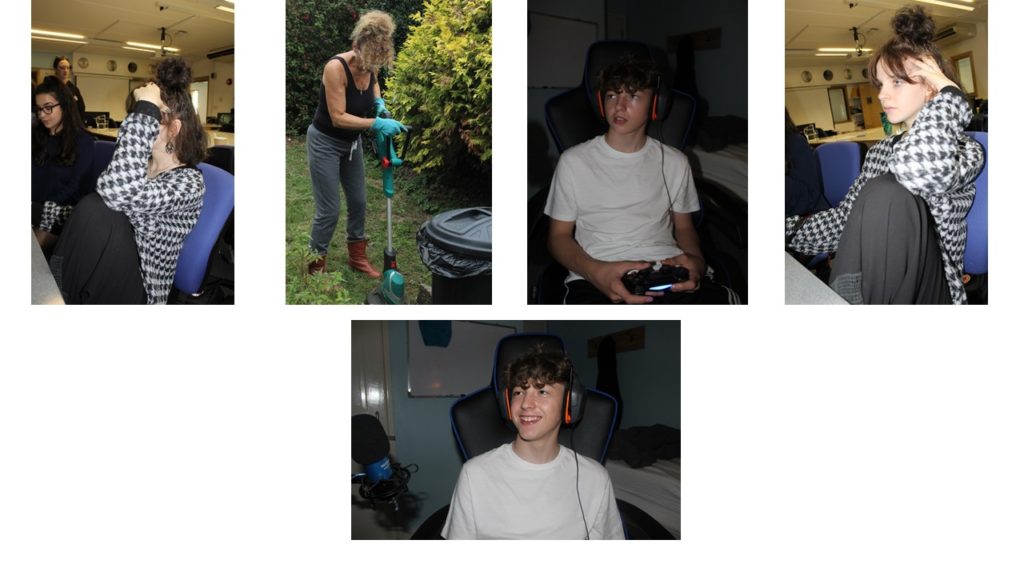
Edited Images

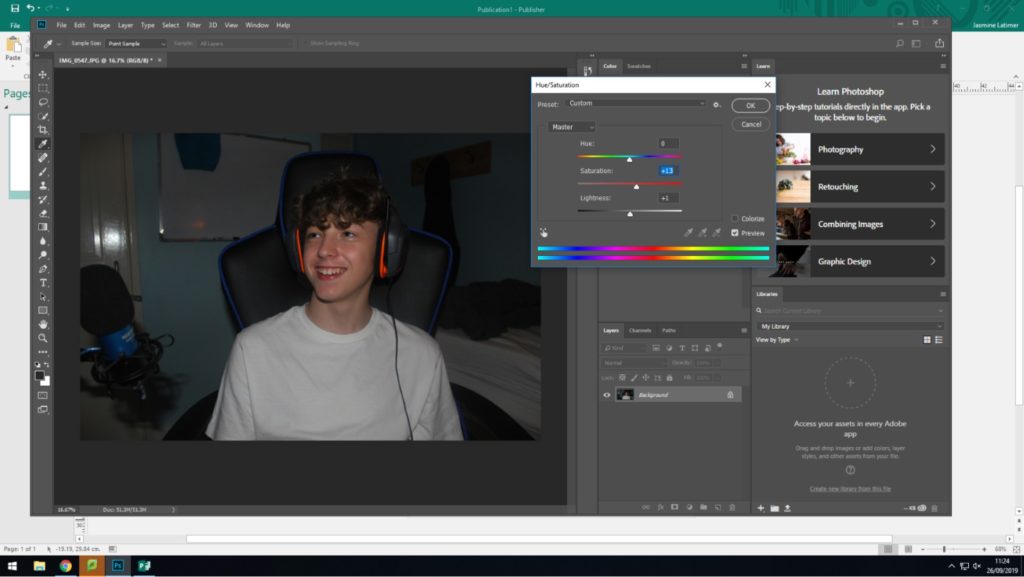
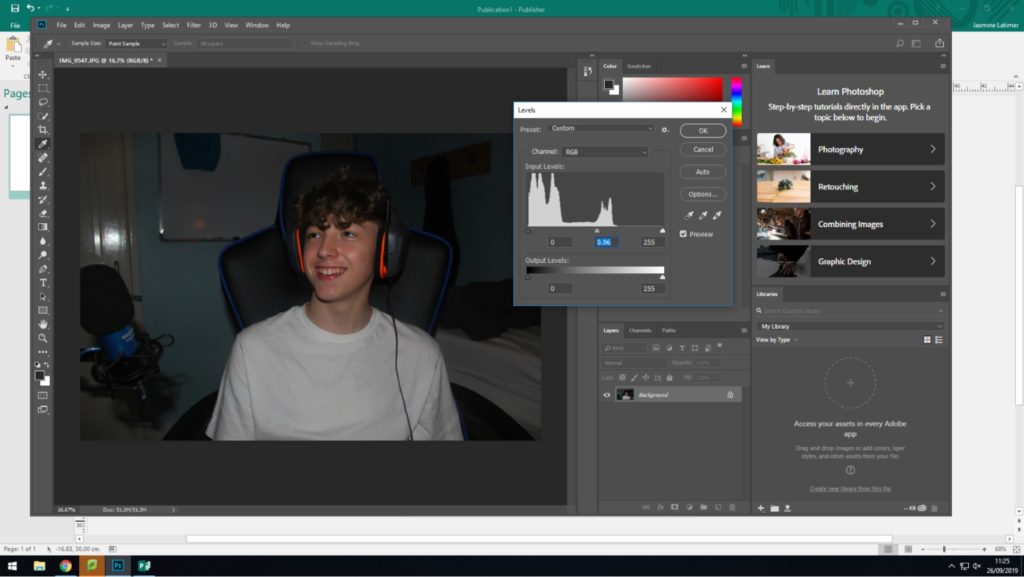
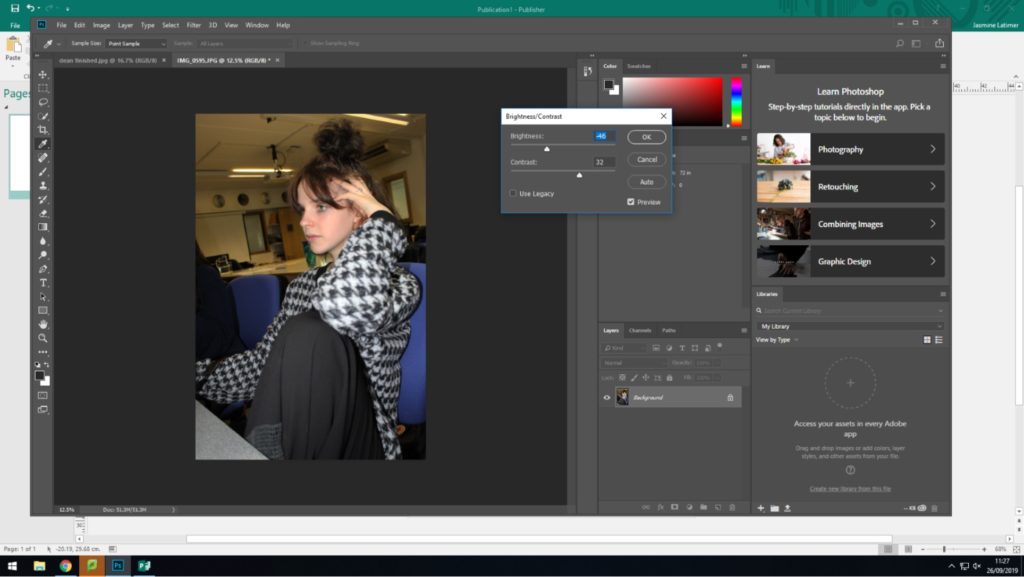
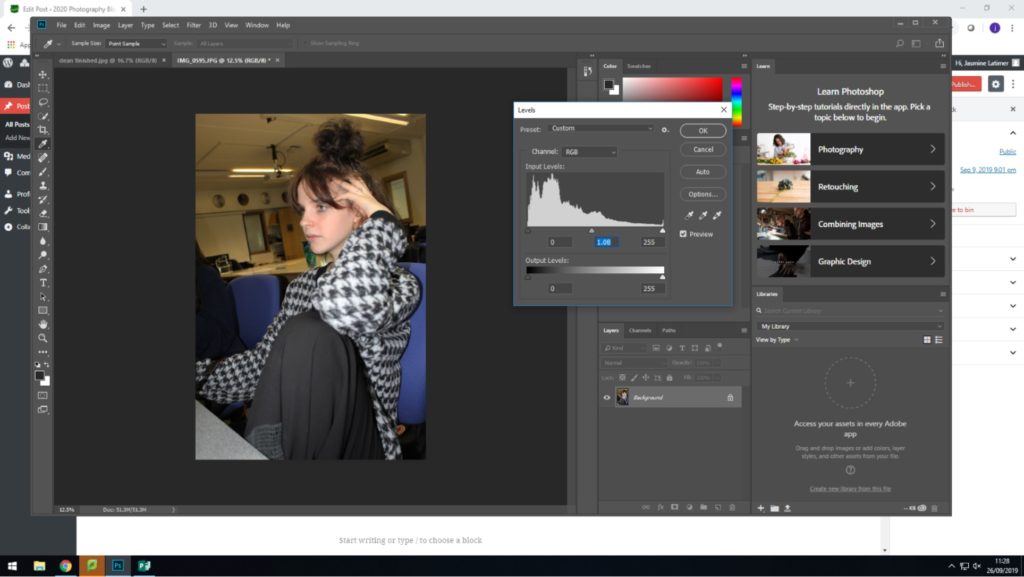
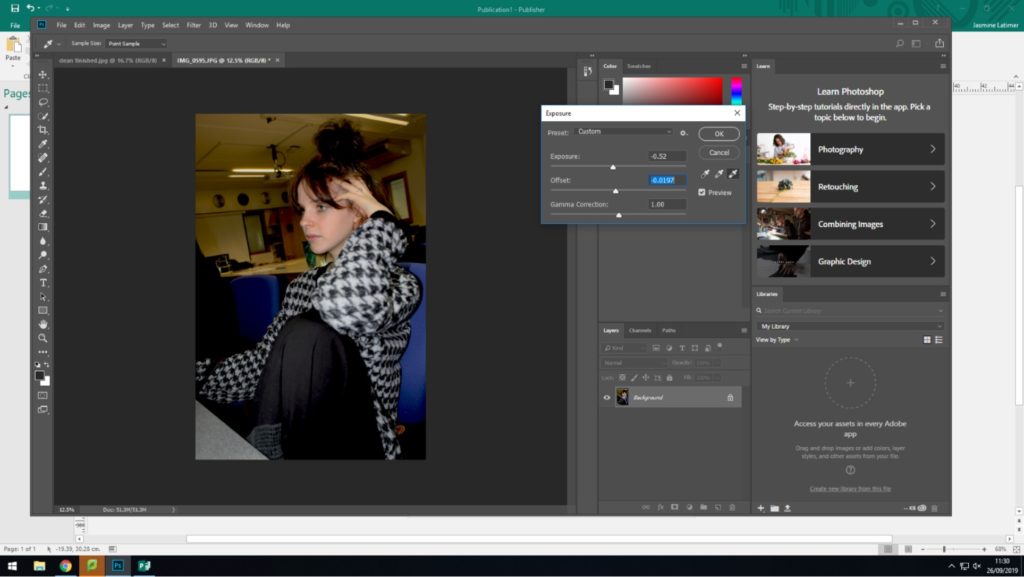
Finished Images
